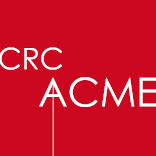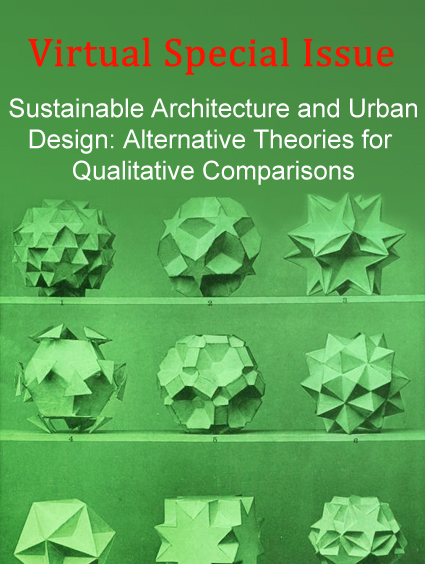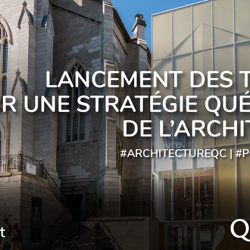Carmela Cucuzzella and Jean-Pierre Chupin head a special issue of the Journal of Sustainability Research
Journal of Sustainability Research (Open access journal of Hapres) special issue: "Sustainable Architecture and Urban Design: Alternative Theories for Qualitative Comparisons" Since the turn of the century, theories and practices of sustainable architecture and urban design have been characterized by increasingly normative grids, such as standards, checklists, certifications, etc. As imperative as these normative grids ... Read more



